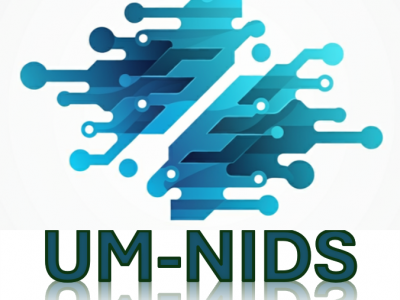Image Processing
The presented database contains thermal images (thermograms) of the plantar region. The database was obtained from 122 subjects with a diabetes diagnosis (DM group) and 45 non-diabetic subjects (control group). The relevance of this database consists in to study how the temperature is distributed in the plantar region of both groups and how their differences can be measured. Previous reports in the literature have established that an increase in the plantar temperature is associated with a higher ulceration risk.
- Categories:
 8217 Views
8217 ViewsThe Contest: Goals and Organisation
The 2019 Data Fusion Contest, organized by the Image Analysis and Data Fusion Technical Committee (IADF TC) of the IEEE Geoscience and Remote Sensing Society (GRSS), the Johns Hopkins University (JHU), and the Intelligence Advanced Research Projects Activity (IARPA), aimed to promote research in semantic 3D reconstruction and stereo using machine intelligence and deep learning applied to satellite images.
- Categories:
 22130 Views
22130 ViewsIris recognition has been an interesting subject for many research studies in the last two decades and has raised many challenges for the researchers. One new and interesting challenge in the iris studies is gender recognition using iris images. Gender classification can be applied to reduce processing time of the identification process. On the other hand, it can be used in applications such as access control systems, and gender-based marketing and so on. To the best of our knowledge, only a few numbers of studies are conducted on gender recognition through analysis of iris images.
- Categories:
 7069 Views
7069 Views
Dataset was created as part of joint efforts of two research groups from the University of Novi Sad, which were aimed towards development of vision based systems for automatic identification of insect species (in particular hoverflies) based on characteristic venation patterns in the images of the insects' wings.The set of wing images consists of high-resolution microscopic wing images of several hoverfly species. There is a total of 868 wing images of eleven selected hoverfly species from two different genera, Chrysotoxum and Melanostoma.
- Categories:
 939 Views
939 Views
Optical sectioning microscopy is usually performed by means of a scanning, multi-shot procedure in combination with non-uniform illumination. In this paper we change the paradigm and report a method that is based in the lightfield concept, and that provides optical sectioning for 3D microscopy images after a single-shot capture. To do this we first capture multiple orthographic perspectives of the sample by means of Fourier-domain integral microscopy (FiMic).
- Categories:
 125 Views
125 ViewsThis dataset was developed at the School of Electrical and Computer Engineering (ECE) at the Georgia Institute of Technology as part of the ongoing activities at the Center for Energy and Geo-Processing (CeGP) at Georgia Tech and KFUPM. LANDMASS stands for “LArge North-Sea Dataset of Migrated Aggregated Seismic Structures”. This dataset was extracted from the North Sea F3 block under the Creative Commons license (CC BY-SA 3.0).
- Categories:
 563 Views
563 Views
The is a dataset for indoor depth estimation that contains 1803 synchronized image triples (left, right color image and depth map), from 6 different scenes, including a library, some bookshelves, a conference room, a cafe, a study area, and a hallway. Among these images, 1740 high-quality ones are marked as high-quality imagery. The left view and the depth map are aligned and synchronized and can be used to evaluate monocular depth estimation models. Standard training/testing splits are provided.
- Categories:
 1006 Views
1006 ViewsThe dataset contains high-resolution microscopy images and confocal spectra of semiconducting single-wall carbon nanotubes. Carbon nanotubes allow down-scaling of electronic components to the nano-scale. There is initial evidence from Monte Carlo simulations that microscopy images with high digital resolution show energy information in the Bessel wave pattern that is visible in these images. In this dataset, images from Silicon and InGaAs cameras, as well as spectra, give valuable insights into the spectroscopic properties of these single-photon emitters.
- Categories:
 675 Views
675 ViewsThe dataset consists of 60285 character image files which has been randomly divided into 54239 (90%) images as training set 6046 (10%) images as test set. The collection of data samples was carried out in two phases. The first phase consists of distributing a tabular form and asking people to write the characters five times each. Filled-in forms were collected from around 200 different individuals in the age group 12-23 years. The second phase was the collection of handwritten sheets such as answer sheets and classroom notes from students in the same age group.
- Categories:
 663 Views
663 ViewsAs one of the research directions at OLIVES Lab @ Georgia Tech, we focus on the robustness of data-driven algorithms under diverse challenging conditions where trained models can possibly be depolyed. To achieve this goal, we introduced a large-sacle (1.M images) object recognition dataset (CURE-OR) which is among the most comprehensive datasets with controlled synthetic challenging conditions. In CURE
- Categories:
 1882 Views
1882 Views






